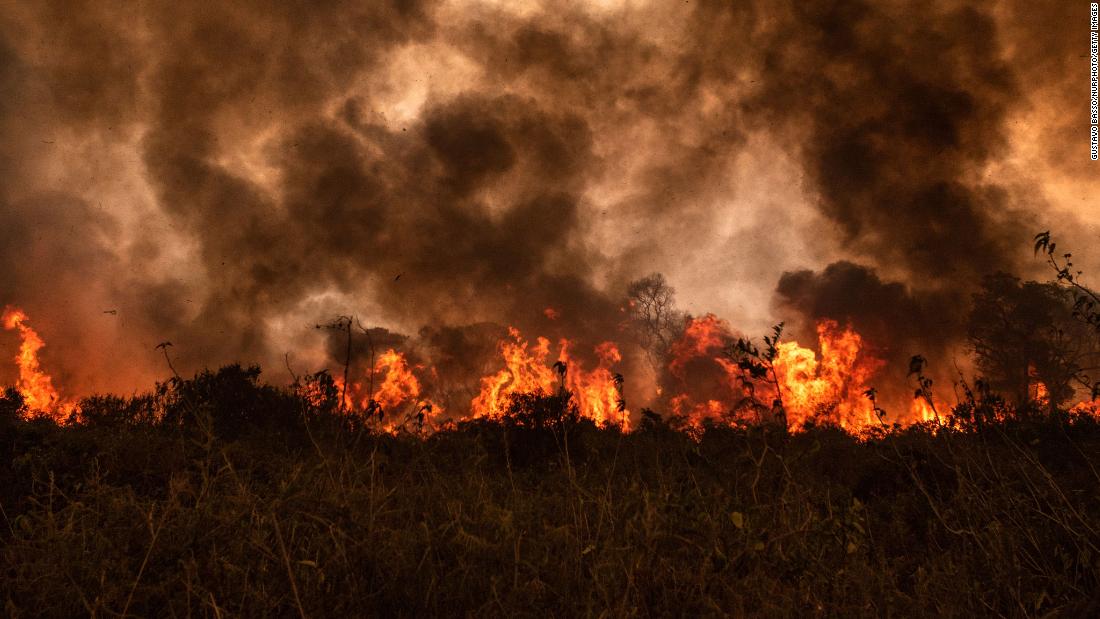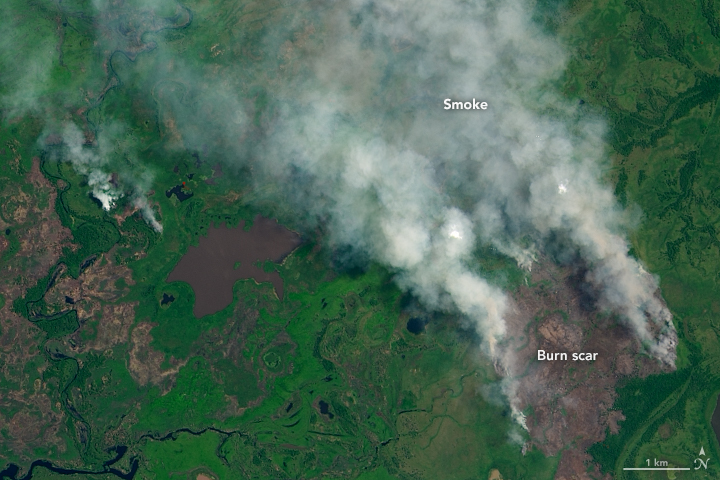
Forest fires are raging in South America’s Pantanal region, the world’s largest tropical wetlands. However, it has only been a year since the region lost 30 percent of its biome to the flames. Read to know what all this means for the environment and our future.
The devastating forest fires of Pantanal

Merely a year after the forest fires which tore through South America’s Pantanal region last year, the world’s largest wetland is burning again. Researchers are trying to understand the full extent of the 2020 fires- the worst in the region’s history. As per estimations, it might have impacted over 65 million vertebrates and 4 billion invertebrates. Hence, researchers are concerned about the collective harm caused by the 2020 and 2021 fires.
The biome sprawls across almost 19 million hectares and is larger than Florida. It is made up of waterways, islands, and grasslands. The region also contains several conservation hotspots listed as UNESCO World Heritage sites. In addition to this, the Pantalas is the range for several threatened and rare species. It includes the giant otter (Pteronura brasiliensis), maned wolf (Chrysocyon brachyurus), and the hyacinth macaw (Anodorhynchus hyacinthinus).
More on the wildfires and their after-effects
Moreover, in August alone over 1,500 fires were detected by the National Institute for Space Research (INPE) of Brazil, in the country’s section. The droughts in the region have made it “the perfect landscape for fires,” according to Heideger Lima fo Nascimento, a biologist at Chalana Esperança, an NGO. According to a recent study, the wildfires have burned over 700,000 hectares of the Pantanal region since January 2020. According to the data compiled by the Federal University of Rio de Janeiro (UFRJ), this is the second-largest devastation in over a decade for the region.
“There is a possibility that the burned area will be even larger than last year, but fractionally due to the different dynamics of the fire. When the fire starts, it never stays in the same place, it always spreads. So instead of one big fire, we have several smaller ones that spread out more and more,” explained Nascimento.
Nascimento spent time fighting fires that cross through Pantanal and took several photographs to document. The images show several planes dropping water into the burning forest but, failing to subdue it. “One of the hardest things I see is the despair of animals fleeing the fire. I noticed a yacare caiman (Caiman yacare) diving into a swimming pool on private property to escape the smoke and flames,” he said. “The enemy is not the fire. The fire is the consequence. The real enemy is the large and prolonged drought that causes a fire, which should be something natural, but is above what the environment can support,” he concluded.
